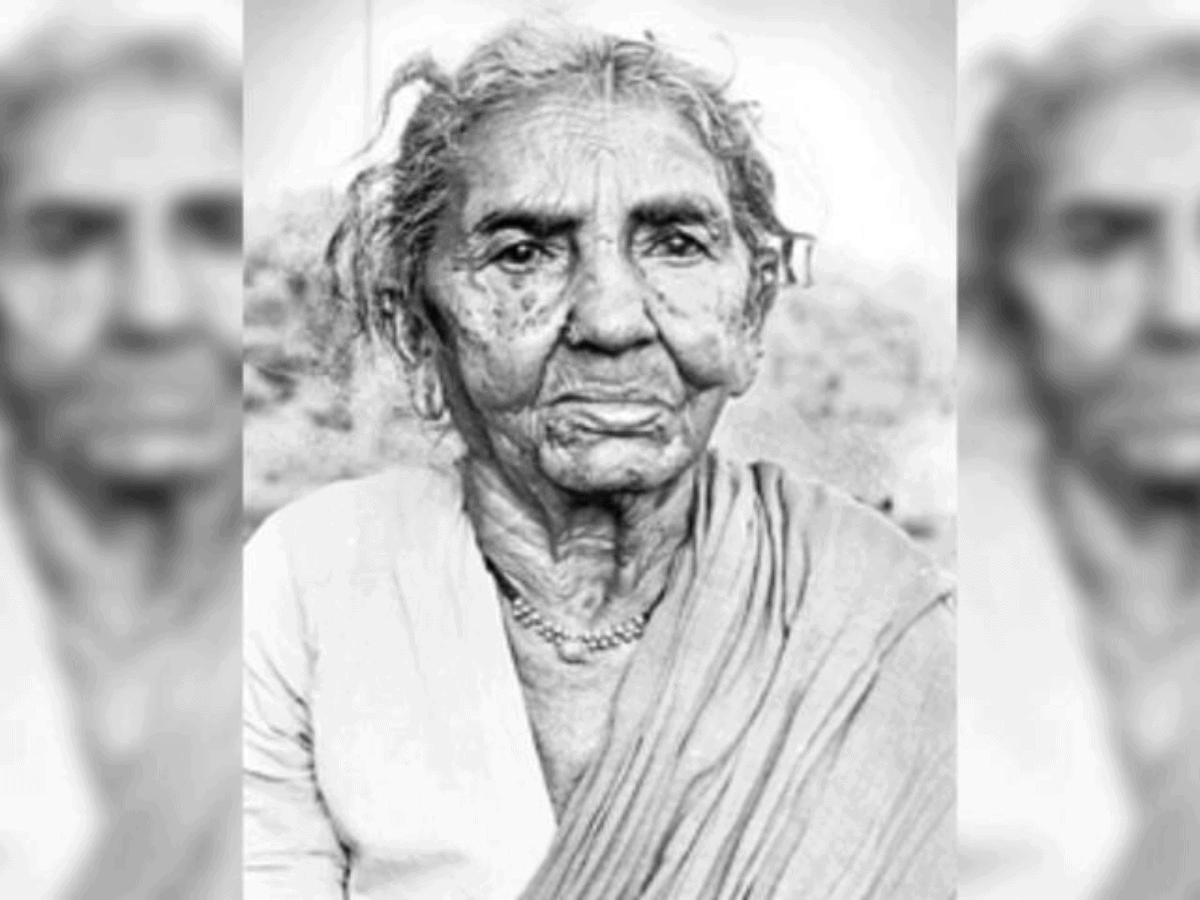
Hyderabad: In a major decision and a first, chief minister Revanth Reddy announced that the state government will rename the Koti Womens’ College after revolutionary and the face of the historic Telangana Armed Struggle Chakali Ailamma.
The decision was taken on her birth anniversary on Tuesday, September 10. Ailamma was one of the first people who rebelled against her state-appointed feudal landlord Visnuru Ramchandra Reddy in Warangal in 1946, which then spread across Telangana, when it was part of the erstwhile Hyderabad state under the Nizams.
At an event honouring Ailamma Ravindra Bharathi in Hyderabad, Telangana chief minister Revanth Reddy said that the government has also decided to appoint Ailamma’s granddaughter Shweta as the member of the State Women’s Commission. “Ilamma fought against the feudal rulers for land rights of the poor. With the inspiration of Ilamma, former PM Indira Gandhi introduced land reforms in the country,” he said.
The background of the Hyderabad state
Though the British formally left India in 1947, it however gave princely states and their monarchs the option to join India or Pakistan, or to stay independent. Osman Ali Khan was one of the handful of kings, like Hari Singh of Jammu and Kashmir, who wanted to stay independent. After all, he was a king of the largest princely state, Hyderabad, which comprised 16 districts in 1948 (8 in Telangana, 5 in Maharashtra and 3 in Karnataka).
While Hyderabad as a city was more or less a capital with all modern day amenities and infrastructure by the 1940s, there was also a dark side to it, especially in Telangana’s districts. The rural areas were marked with extreme oppression by state-appointed Jagirdars (landlords), whose main task was to collect revenue (taxes and rent) from farmers and give it to the state. The jagirdars were anything but benevolent or kind. Ailamma’s rebellion was a major landmark event in Telangana.
In fact, that extreme feudal oppression also led to the Telangana Armed Struggle (1946-51), which continued even after Operation Polo. Vetti Chakiri (bonded labour) was also commonplace in rural Telangana, wherein lower-caste folks were forced to service the higher castes and the landowning class. More than that, the Nizam himself had directly owned 10% of the state’s lands, while 60% of it were revenue lands (Diwani), and 30% were under the Jagirdars (Telangana People’s Struggle and its lesson: P. Sundarayya).
Bonded labour and forced collections are believed to be the main reasons behind the uprising, which began in 1946, and officially ended in 1951, till the communists decided to contest elections. Some of the tallest CPI leaders from Telangana then were Makhdoom Mohiuddin, Ravi Narayan Reddy, Arutla Kamala Devi, Ch. Rajeshwar Rao, etc.



